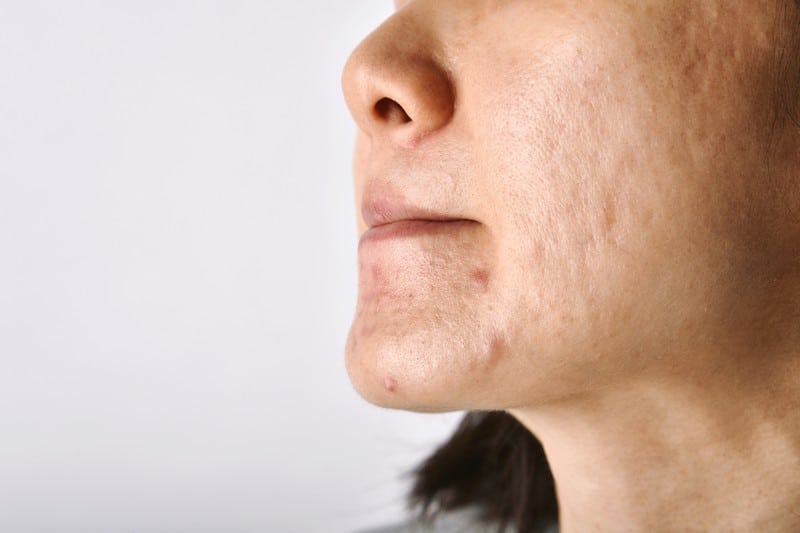One of the most severe types of acne is cystic acne. The skin condition occurs when the pore is clogged by dirt or other factors, leading to inflammation and infection underneath the skin. Cystic acne creates a bump filled with pus and is usually large, red, and itchy. Everyone can develop this, but cystic acne is common among teenagers in the puberty phase, women, and those with hormonal imbalances. It is also common among individuals with oily skin.
Cystic acne is usually found on the face, but it also affects other areas of the body, such as the upper arms, chest, and back. According to the Centers for Disease Control and Prevention (CDC), acne, in general, is the primary reason why people visit dermatologists. Cystic acne can last for days, weeks, and even years. Getting rid of them might be challenging. Thus, dermatologists can be a big help in coming up with treatments. Knowing what causes cystic acne can also help in managing the condition.
Below are the causes of cystic acne.
Oily Skin and Bacteria

Pores have sebaceous glands that release an oil substance, often called sebum. Normally, the secretion of sebum benefits the skin and hair follicles. But when overly produced and with dead skin cells, it can cause clogged pores. This will allow P. acnes (which causes acne) to grow progressively. In addition, bacteria enter the pores and will be trapped inside with oil and dead skin cells.
Swelling in the dermis, the middle layer of the skin will occur. It causes infection, leading to a swollen lump and cystic acne. Sebum trapped in the pores, bacteria, and dead skin cells will turn into pimple pus. Individuals with melanin-rich skin risk developing cystic acne and breakout because of their high lipid content.
Meanwhile, a study has found that the severity of acne depends on the bacterial strain in the skin. The research observed that not all strains could cause breakouts. Others can help the skin to be pimple-free. Scientists highlighted the importance of analyzing the strain level of previously unreported P. acnes strains to understand better their role and how they benefit the skin.










